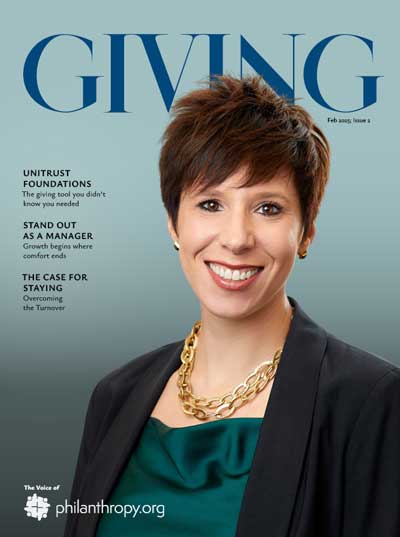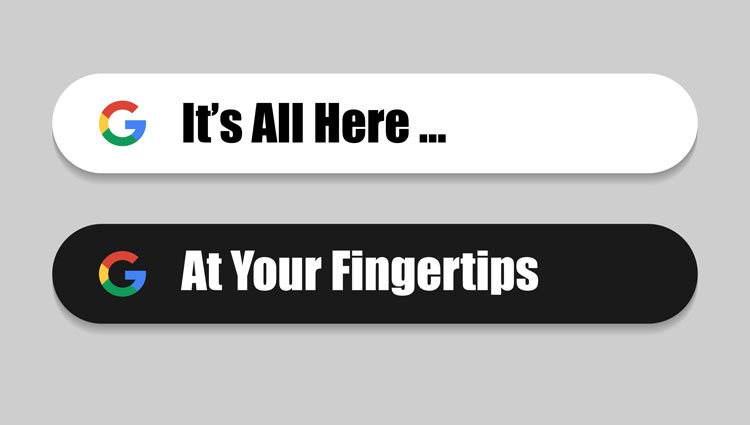The Big Promise
Online will tools have become the shiny new toy of the fundraising world. You’ve seen the headlines: “Billions committed to charity!” Sounds impressive.
But those “billions committed to charity”? They’re not dollars in your bank account. They’re mostly intentions in wills — future gifts that may or may not ever reach your nonprofit. Billions promised, pennies delivered.
It’s the fundraising version of the emperor’s new clothes — grand until someone finally points out it’s nothing more than smoke and a checkbox.
[For a broader strategic analysis of why nonprofits underperform when relying on online will tools, see Strategic Planned Giving: Why Online Will Planners Fail Nonprofits.]
Donor Behavior
Let’s talk about how people actually make wills.
- The average age Americans first create a will is about 42, and nationally in 2025 only about 24% of adults report having a will at all (¹, ²)
- Will ownership rises with age, but among 55+, fewer than half have a will; it doesn’t jump above ~80% until age 72+ (¹)
- Updates are infrequent: most recent updaters made changes within the last 6 months–5 years, commonly after asset changes (~30%) or family expansion (~23%) (²)
Implication: If a 28-year-old commits “1% to charity” through an online will, what are the odds you’ll see it soon? Unless circumstances change dramatically (an unfortunate car accident, etc.), you won’t realize a cent for decades — if ever.
Some Math
Let’s do the calculation that online will tool market hype does not share:
- Say 1,000 people use your will planner (already extremely optimistic)
- Maybe 10% committed something to charity
- Of that 10%, perhaps 1% actually designate your nonprofit
That’s 1 donor out of 1,000.
Quick Fact Check
“72% of Americans die without a will” is technically true across all adults. But among those 70+ — the donors who drive nearly all charitable bequests — nearly 80% have wills.
If that donor leaves 1% of a $400,000 estate, you’re looking at $4,000 — maybe in 30 years. Discounted to today’s value? Lunch money — hardly the stuff to impress your CFO.
Meanwhile, some nonprofits — from small shops under $2M to giants under $50B — are paying tens of thousands annually for this so-called ‘innovation’ that dates back to LegalZoom’s early-2000s heyday.
For that same $40,000, you could send 80,000 pieces of direct mail. Real outreach to real prospects. But instead, you’re funding a checkbox on a website.
The Checkbox Illusion
An online will tool is built for volume. Thousands log in, click boxes, feel good about leaving “something” to charity.
Nonprofits announce: “200 commitments this quarter!”
But here’s the problem:
- A checkbox ≠ a gift
- A commitment ≠ pipeline
- An intention ≠ impact
That’s like bragging you got 200 phone numbers at a bar — an impressive stack of digits, zero actual dates.
Your board doesn’t care how many people clicked a box. They care how many prospects you can actually engage, steward, and report on.
Tools Create Intentions. Campaigns Create Results.
A tool without a campaign is like handing someone a hammer and calling it a house. You can wave it around all day, but nobody’s moving in.
What actually works:
- Multiple touchpoints (direct mail, surveys, microsites)
- Regular reminders and cultivation
- Clear reporting your board can understand
- A strategy that frames legacy giving as an expectation, not an afterthought
- And perhaps an old-fashioned phone call now and then
With a deliberate legacy campaign, online will tools can play a supporting role. Without it, they’re expensive furniture.
Campaigns Don’t Just Deliver Wills — They Create Relationships
A will tool only talks about wills.
But when you run a true legacy campaign, you’re opening the door to conversations. And conversations lead to multiple planned gift types beyond wills.
That’s the multiplier effect:
- A will tool = an intention in a database
- A campaign = a pipeline you can cultivate into diverse gifts
The Risk
Here’s the part nobody wants to admit: nonprofits adopt an online will planner, park it on their website, and call it “done.” If only fundraising were that easy.
They’re not just wasting tens of thousands a year. They’re losing millions in future gifts because they chose a widget over a strategy. Real prospects go uncultivated. Real conversations never happen. Real gifts go to organizations that actually work their programs.
The Reality
If your strategy is “put a will planner on the website and hope,” you’re not planning — you’re procrastinating with a premium price tag. That’s called hope marketing.
The only way online will planners become useful is when they’re embedded inside a deliberate, aggressive legacy program. One that:
- Creates substantial numbers of prospects
- Nurtures those prospects systematically
- Produces reports that boards respect
Without that, you’re fooling yourself. At best, it is just a tool.
Shiny Objects
People love chasing shiny objects — but it’s wasted motion. It looks busy, feels clever, and burns money that could fund real outreach. It’s activity masquerading as progress.
Remember the pet rock? Brilliantly marketed, everyone wanted one, but at the end of the day it was still just a rock in a box. Online will planners are today’s pet rock — a clever story wrapped around an empty product. Nonprofits aren’t buying a strategy; they’re buying the illusion of one.
Planned giving, by contrast, has always been old-fashioned — and that’s why it works. It’s built on persistence, personal contact, and relationships that endure. Even today’s new generation responds to authenticity more than gimmicks.

The Big Promise
It’s the fundraising version of the emperor’s new clothes — grand until someone finally points out it’s nothing more than smoke and a checkbox.
The Proven Approach
Invest in a campaign and start cultivating relationships.
A real legacy program makes the tool part of a system — folded into mail, reminders, microsites, personal memos/notecards, phone calls, and reporting. That’s when it stops being a gimmick and starts being useful. And yes, perhaps an old-fashioned phone call — technology from the 19th century, still outperforming most widgets.
In the end, the nonprofits that win aren’t the ones with the flashiest widgets. They’re the ones that show up, build trust, and stick with their donors. Planned giving isn’t glamorous, but it works — and it always will.
This isn’t opinion. It’s 30 years of data.
Build a campaign. Use tools to support it. Or keep funding checkboxes while your competition builds pipelines.
When tools sit inside a deliberate campaign — as our Legacy Planner does — they become what they were meant to be: useful.
Sources
¹ Retirement Living. (2025, May 2). What is the Average Age to Make a Will? https://www.retirementliving.com/best-wills-and-trusts/average-age-to-make-will
² Caring.com. (2025, March 31). 2025 Wills and Estate Planning Study. https://www.caring.com/caregivers/estate-planning/wills-survey






